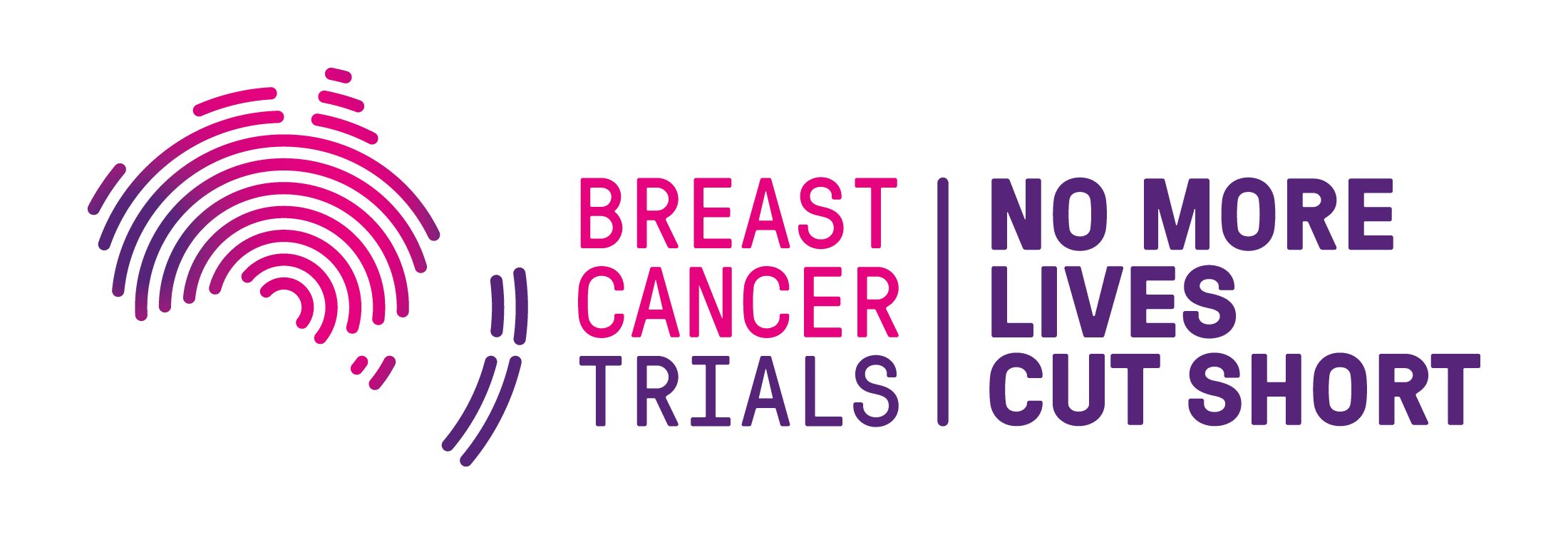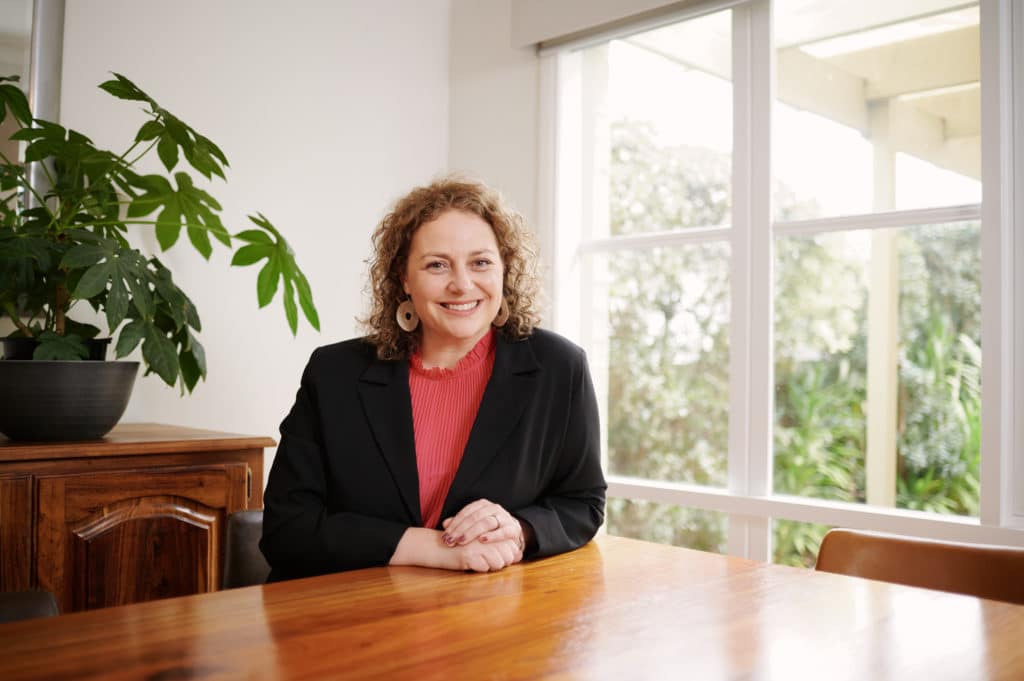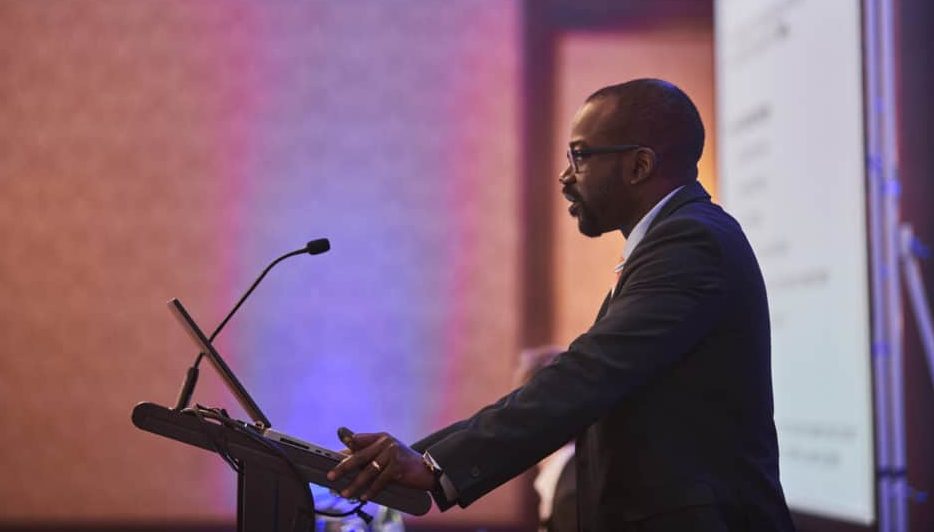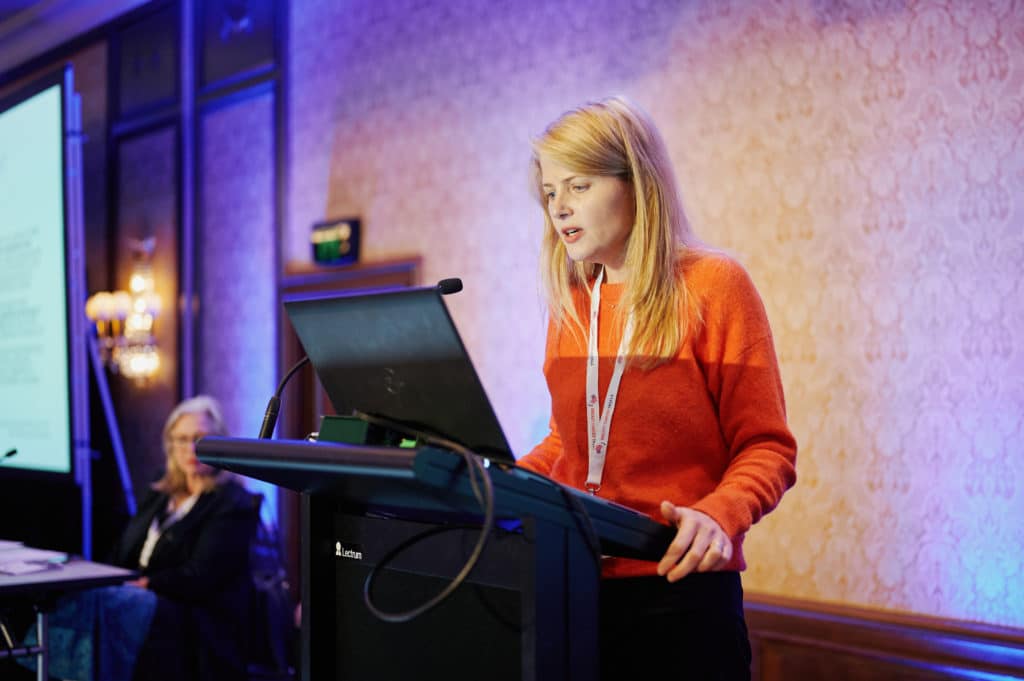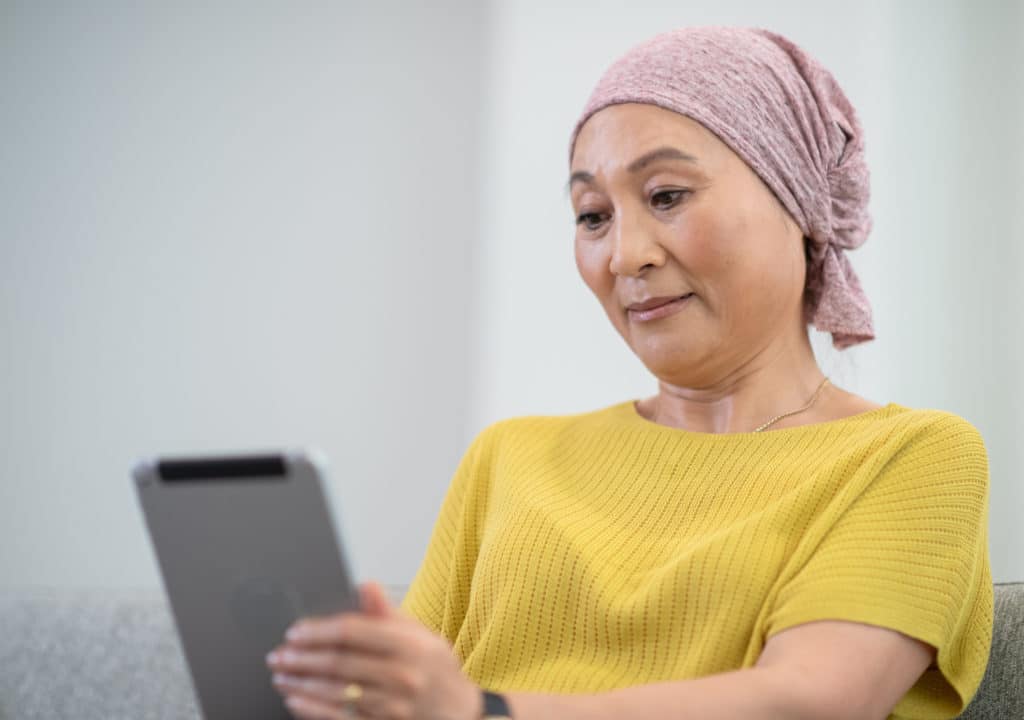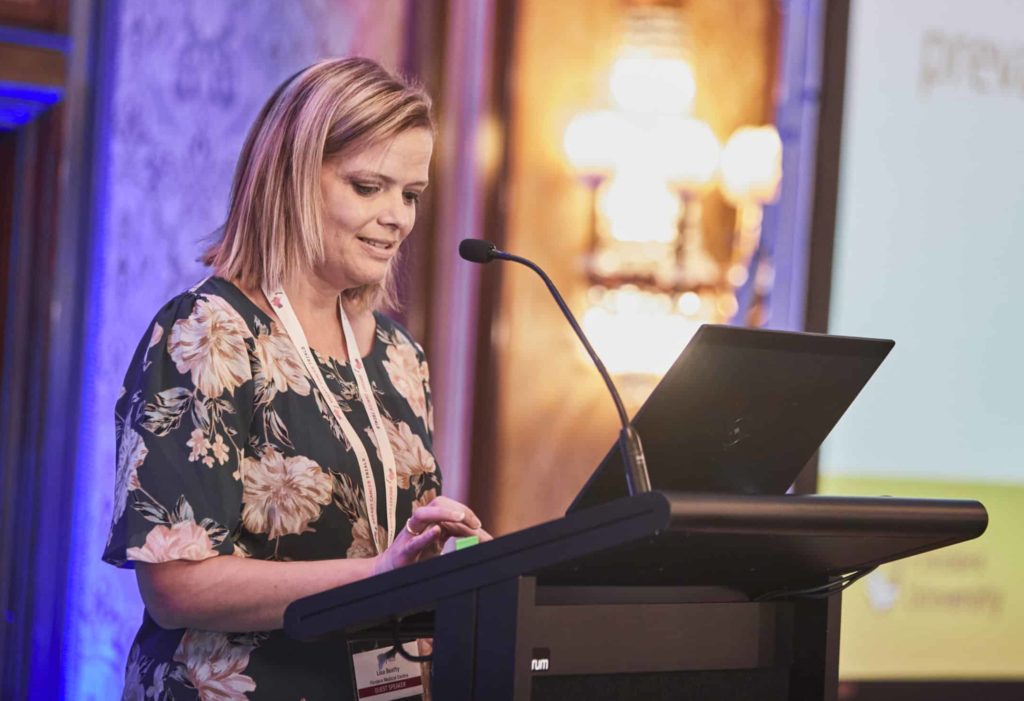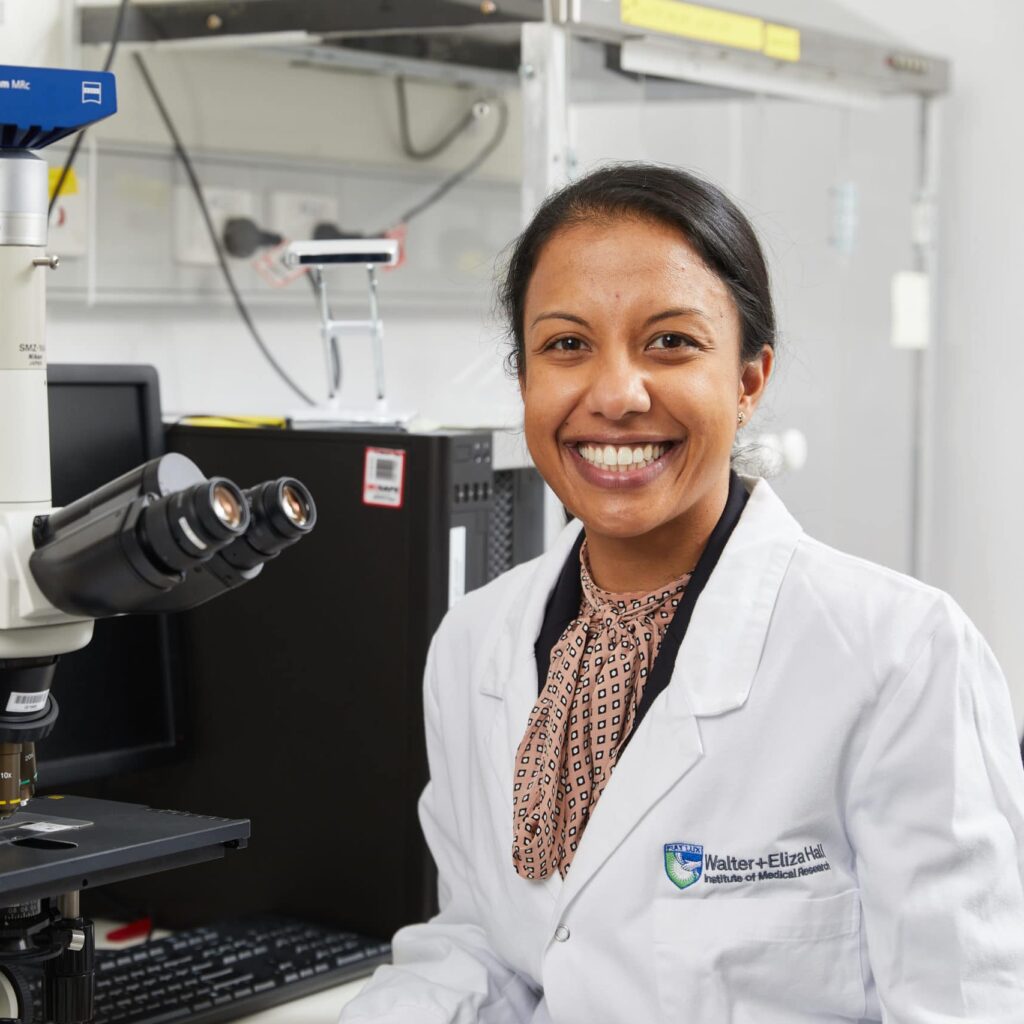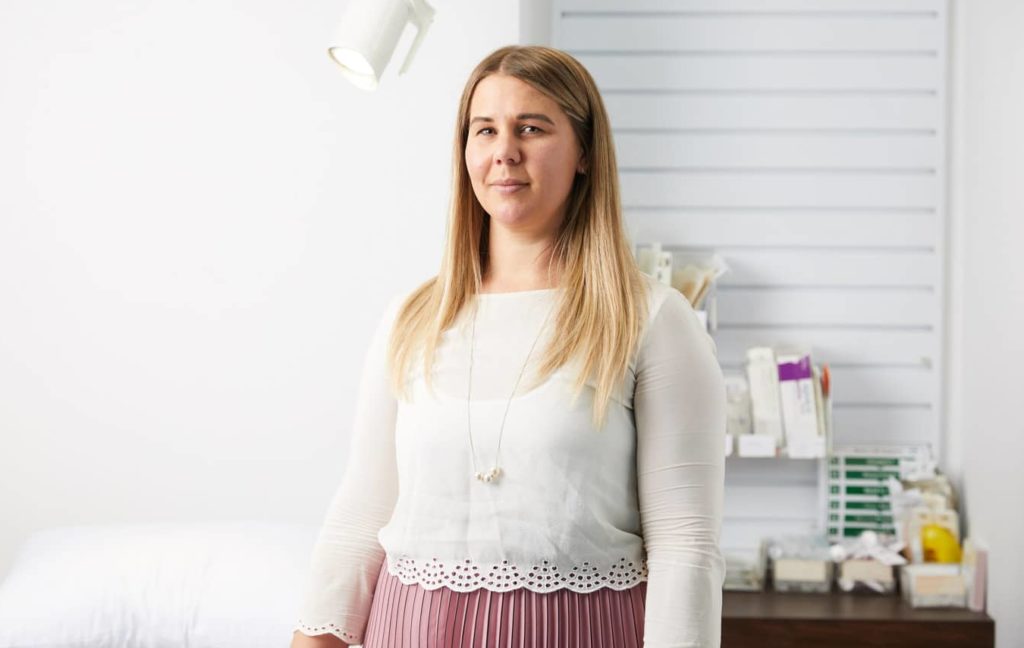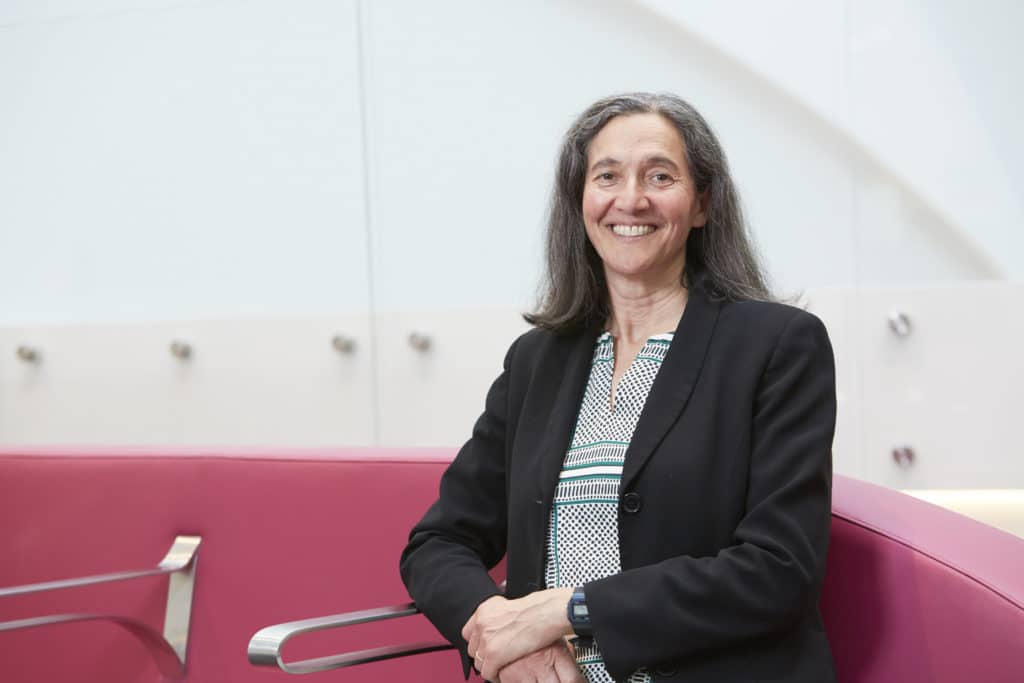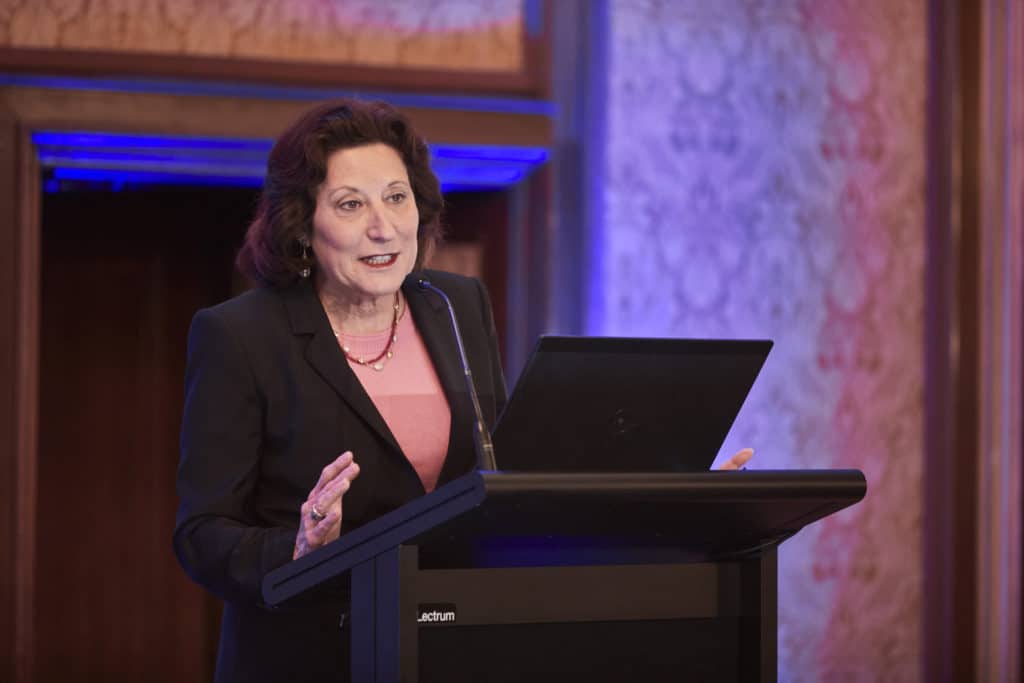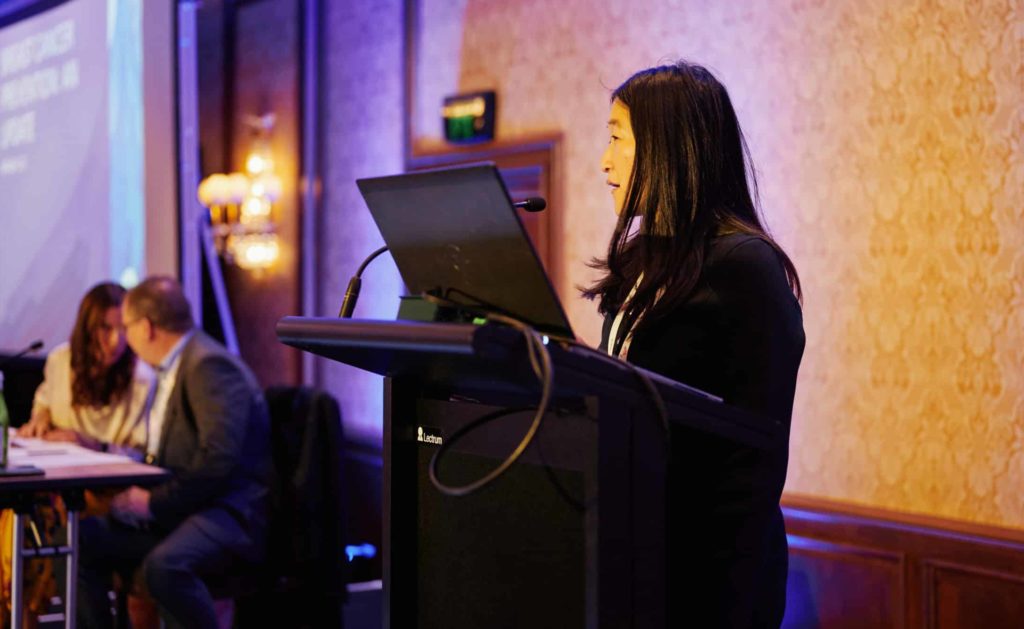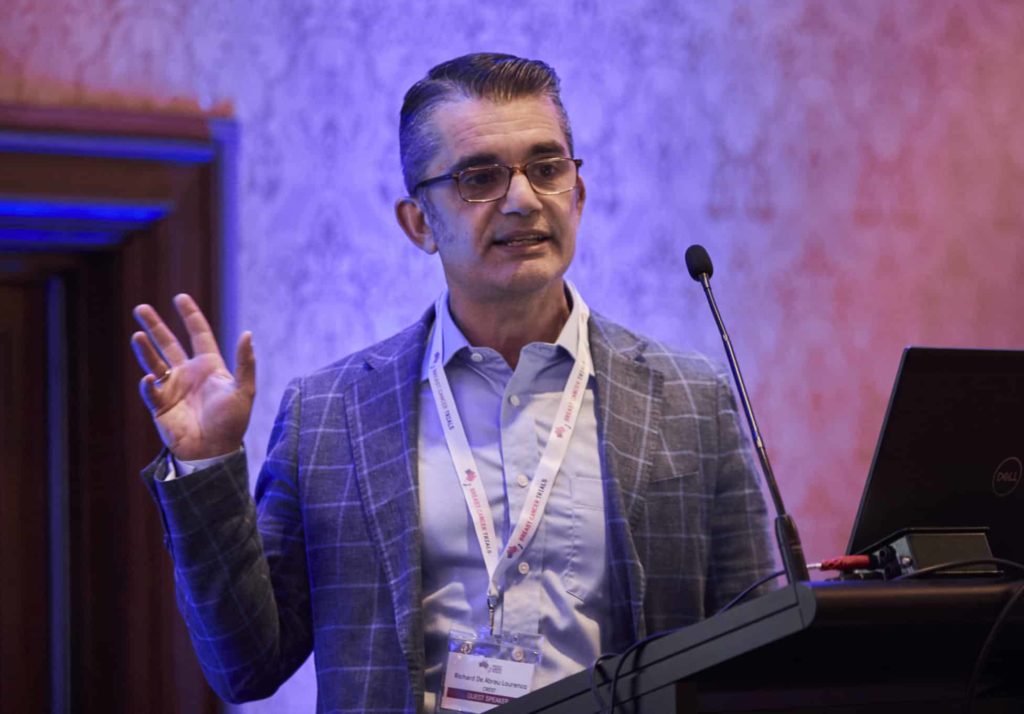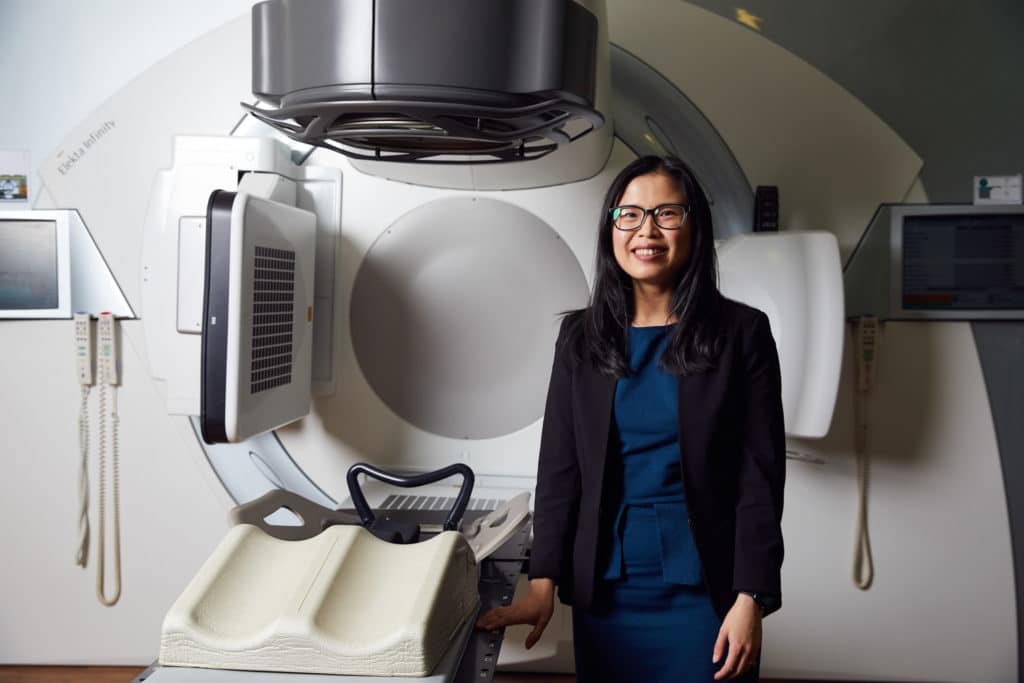What Challenges Do Young Women with Breast Cancer Face?
When a young woman is diagnosed with breast cancer, she will face a whole range of unique and often confronting challenges that differ considerably to women who are diagnosed when they are older. Premature menopause, fertility and parenting issues, sexuality and body image difficulties, career disruption, and high levels of psychosocial stress are just some of the factors that affect young women.
Associate Professor Lesley Stafford is a clinical psychologist in psycho-oncology and women’s health, with a specific interest in women with, or at risk of breast cancer. Lesley consults in the Breast Service and Familial Cancer Centre at the Royal Melbourne Hospital, as well as in private practice. She is an Associate Professor at the University of Melbourne.
She was a guest speaker at the 2022 Breast Cancer Trials Annual Scientific Meeting, and we asked Professor Stafford to explain the definition of a young woman when receiving a breast cancer diagnosis.
“So, it’s a good question. I think for a long time the view was that young women are premenopausal women. But increasingly I think when we talk about women who are young with breast cancer, we’re talking about women who are 40 at most or even 35 in some groups, but certainly not older than 45.”
Listen to the Podcast
Listen to our conversation with Associate Professor Lesley Stafford as she discusses the how to support a young woman through a breast cancer diagnosis.
How Can Breast Cancer Affect a Young Woman’s Fertility?
“Well, there are the main ways that breast cancer affects fertility, which is through chemotherapy and some of the hormone blocking drugs they reduce the amount of oestrogen produced in the ovaries. This can mean that it is more difficult to get pregnant after treatment is over. And obviously for a young person who perhaps hasn’t had a baby yet or who hasn’t completed their family, this would be a major issue.”
How Does Breast Cancer Impact a Young Woman’s Sexuality and Body Image?
“I think the impact of breast cancer on sexuality and body image is felt across the trajectory of age. So sometimes from the side effects of chemotherapy or hormone blocking drugs, you’ll find women have weight gain and loss of sexual functioning and feel less like themselves.”
“And you know that this affects body confidence and sexuality, but for young women it’s tough because you’re often at that age where you are, seeking out relationships and or consolidating a relationship in the prime of your youth. So that can be quite difficult, those weight related changes and so on.”
“But also for young women, the loss of hair potentially with treatment, or scars if you’ve had a mastectomy, plus or minus reconstruction, those are sort of daily reminders as well and can really affect your perception of your attractiveness to a partner.”
“Hair in particular in our culture is a sign of beauty or femininity for some, and losing hair therefore can make women feel quite unattractive.”
Can the Psychological Distress of Young Women Differ to that of Postmenopausal Women?
“I think that women who are younger do have higher levels of distress. I think the severity of their distress is higher and the prevalence or the rates of distress are also higher, and I think that’s for a number of reasons. So, some of those reasons are because they’re young and the side effects impact them. The effects from treatment that we’ve talked about, like changes to body integrity and the way we look, but also the impact of fertility, and those sorts of things.”
“I think parenting is a big factor in this. So, when you’re young, if you do have children, they are probably young, and young children are often demanding of our time, their care is more intensive, and they’re more reliant on parents for their daily needs. When you’re young, it’s natural to worry that you may not survive your breast cancer and that you wouldn’t be around to see your kids growing up. That can be a big driver of psychological distress.”
“I guess also to put into the mix is that when you’re a young person who’s sick, you’re out of step with your peers. Cancer particularly is a disease of old age. And so, when you’re young, your friends are making career moves, they’re studying, they’re traveling, they maybe having a family and you’re sort of in a forced holding pattern while you complete your treatment.”
“So that’s really hard. It’s not like you have a whole life that you’ve lived behind you already. Your life lies ahead of you still. And just on the back of that, sometimes young women may experience early menopause as a result of breast cancer treatment.”
How Can this Affect a Young Woman and Her Life Plans?
“So, I think that with the early menopause issue, of course early menopause can be temporary, and a period can come back, but it can be permanent. And again, I think the main issue here is around fertility and disrupted plans to either starting a family or completing a family. And there will be a lot of grief in the long-term potentially associated with those menopausal symptoms, there’s a long-standing impact from that.”
“The other impact is in terms of the changes treatment has to weight gain, and sometimes sleep disruption. Women can have problems with libido, with sexual functioning, because they become dry and there are some remedies for some of these things. But these are bigger issues that you’re not necessarily wanting to be dealing with as a younger person.”
“You’re sort of thinking ‘I may have these problems one day when I’m older but not when I’m younger.”
How Should People Approach Their Children in Discussing Breast Cancer?
“I get asked this a lot from parents around their children because I think it’s quite normal when you’re told that you have cancer, no matter how old or young you are, for your mind to sort of go, am I going to die? And what would that mean for my children?”
“So, before I say anything else, I want to preface this by saying that women know their children best and they will know what is right for their child and within every family, if you’ve got more than one child, you’ll know that your children differ, and their needs differ. So, having said that, my general suggestion is that you do tell your children when you know enough to tell them something that makes a difference.”
“What you tell them depends on their developmental age and their maturity. I often remind my patients that children are not small versions of adults, they’re children. Their worries are not the same as our worries. They’re concerned about routine; they’re concerned about how whatever is happening to you will impact on their day-to-day life.”
“So, when you tell them what’s going on for you, you tell them with a view to say something like ‘I’m going to go to the hospital for a few days, I’m going to have an operation, but nana will take you to school’. Or ‘Daddy will be here at night’, or something along those lines.”
“I also encourage parents to tell their children little bits of information. You don’t want to overwhelm them; you just want to give them a little bit of simple information and give them an opportunity to come back to you if there’s more that they want to know.”
“I think probably a good point to make is that I do encourage the use of the word cancer. Many parents are afraid of telling their children that they have cancer. And for very young children, it’s probably not that important. But for an older child who is aware of the concept of cancer, the very worst way to hear that mum has cancer is to hear it on the playground or two overhear, mum on the phone with someone else.”
“So, I just want to reassure people that the data shows if you have a loving and open relationship with your child, and you keep kind of the lines of communication open, then outcomes for these kids are very good. Children can be very resilient. This is an opportunity for you to model to them how one manages in a very difficult situation, and children are not left, generally speaking, traumatically scarred by my mum’s cancer.”
How Can You Best Support a Young Woman Going Through Breast Cancer?
“I think that if you’re a friend of a young woman with breast cancer, what she’d probably really like is for you to listen to her. When someone we love or someone we care about is going through a hard time, I think we have a tendency to want to make that better too and we often do that by saying, ‘don’t worry, it’ll be fine’ and trying to sort of replicate and reassure them in that way.”
“But the problem with doing that is it can make the person feel that their concerns are diminished, and that they’re not really being listened to. So, I think really speaking with people, in a way where you’re listening and containing is important.”
“So, if you are able to do things like pick up kids from school or take your friend to appointments or even sit in appointments with her, or do up a food roster, those sorts of things are great.”
“Another thing to keep in mind with your friend, is that this diagnosis of cancer, is something that’s happened to her, not who she is. So, she will have a whole range of interests and activities that she’s enjoyed beforehand, and as a friend you can keep her engaged and interested in those things. You can remind her of some of those aspects of her life.”
“So, you know encourage her to go on walks with you, encourage her to meet you for coffee. I guess the final point I would make is keep up the support. So very often the support that people receive is right at the intense stage, either at diagnosis or when treatment is at its height, and then it kind of tapers off. But what we know from our patients is that their needs don’t necessarily diminish even though the intensity of the treatment is not as great.”
“So, survivorship when treatment is over is also very tough and just because treatment is over it doesn’t mean they still don’t need to be listened to that, or that they still don’t need food rosters, or help with lifts and things like that.”
If a Young Woman is Struggling and Seeking Help, what Resources are Available?
“So, if a young woman is seeking help, if she’s still part of a hospital treating team, she can hopefully speak with the nurses and doctors in the treating team and they may be able to support her, or they may be able to refer her to a social worker or psychologist. If they have those resources at their hospital.”
“If the young woman is not under the care of a hospital anymore and the distress is severe or not necessarily even severe but interrupting with her quality of life and her ability to live a good life, I would suggest she speak with her GP. And GPs can make referrals to community-based psychologists.”
“Currently you’re eligible for 20 Medicare-available sessions in the calendar year. Not all women need formal clinical support though and there are lots of resources out in the community that can be very helpful.”
“So, in addition to speaking to family and friends, Breast Cancer Network Australia (BCNA) has wonderful support, online webcasts, podcasts, and links to all sorts of fact sheets. Counterpart is another community-based advocacy organisation. They have a patient navigator system. So, if you can log on there, they also have wonderful resources for patients. Then also the Cancer Council has a telephone support service that you can access and like BCNA, that service can also link you in with support groups and so on. If that’s something that you think you would find helpful.”
Support Us
Help us to change lives through breast cancer clinical trials research
